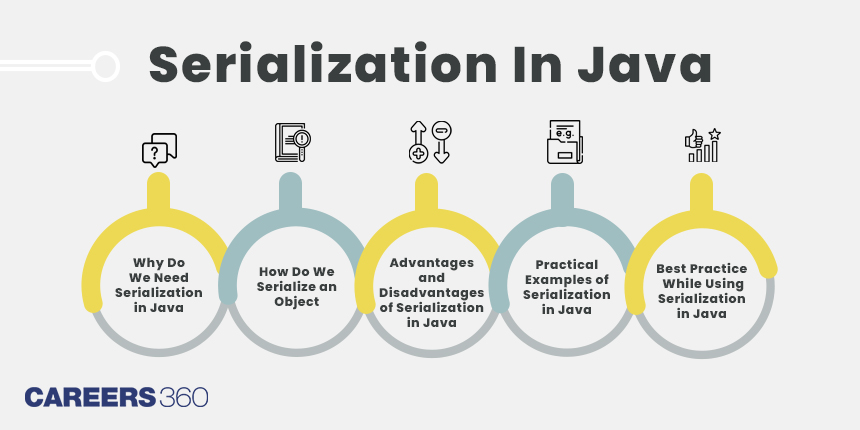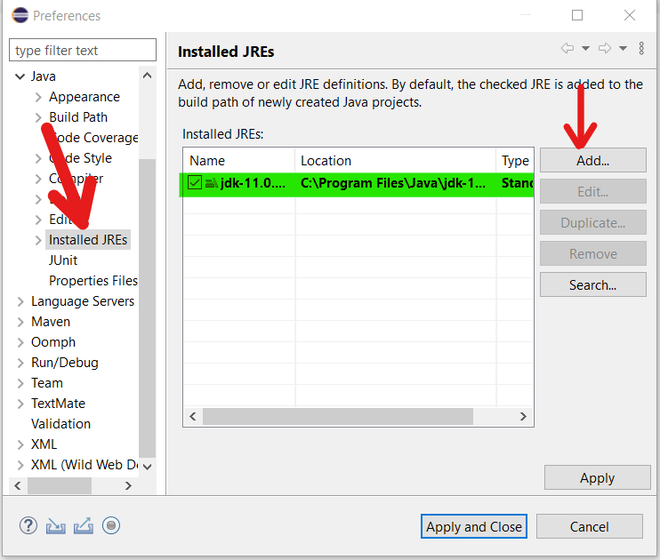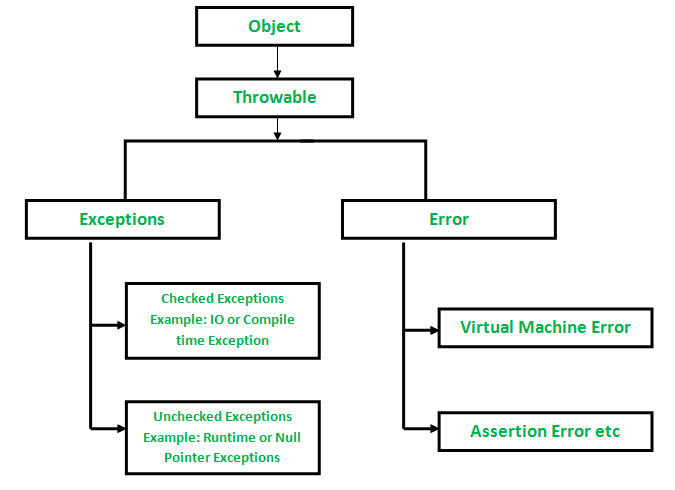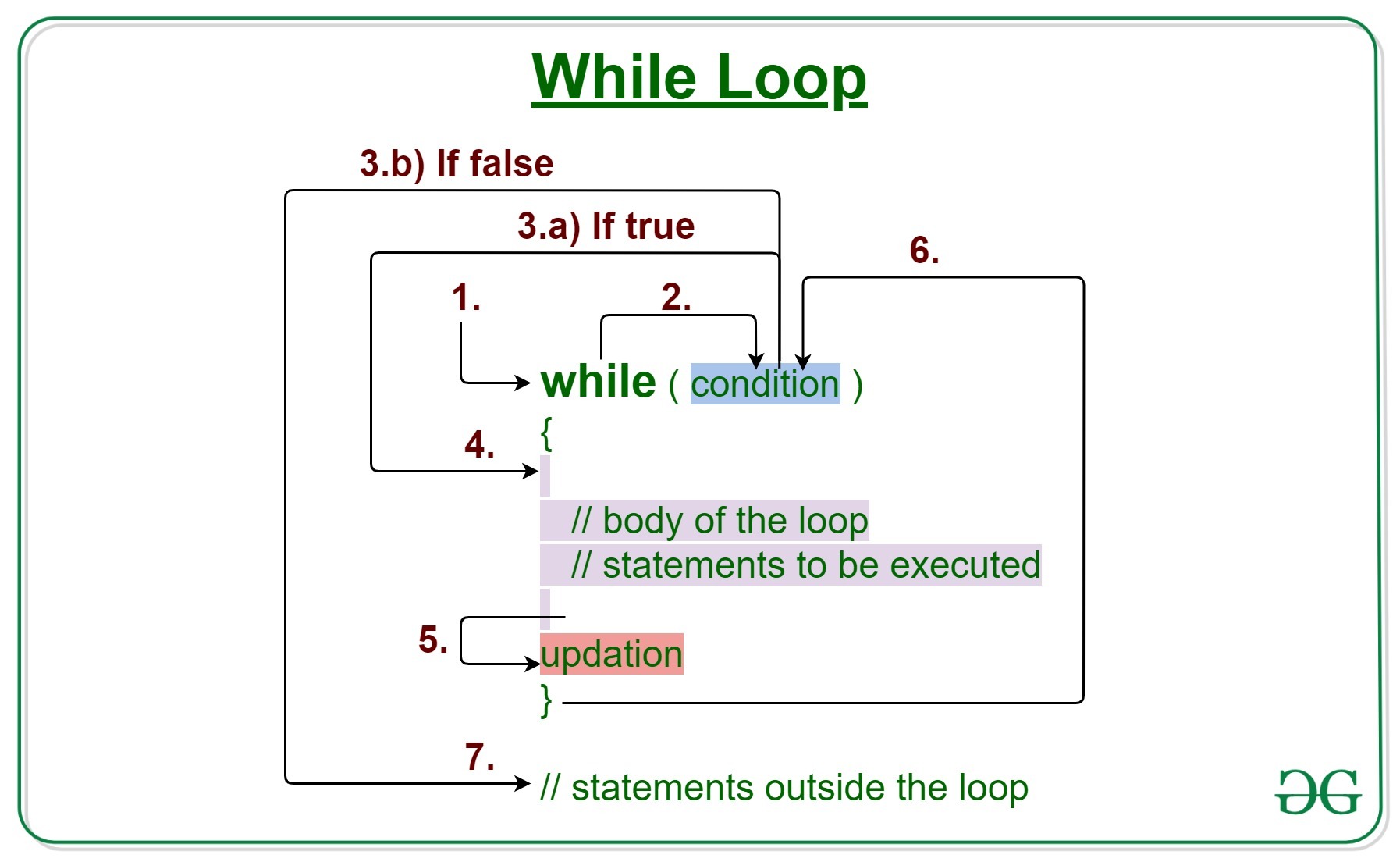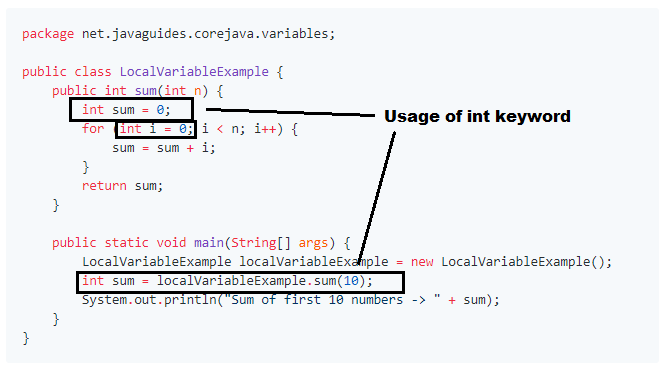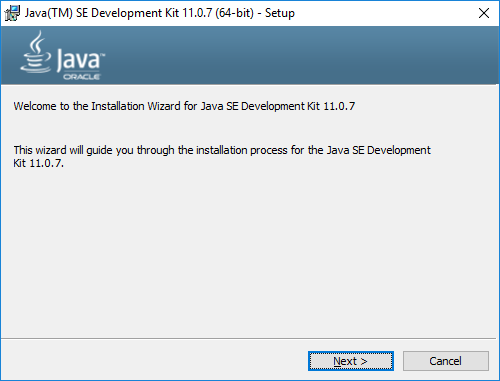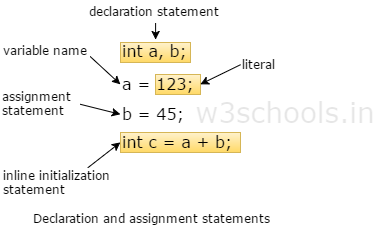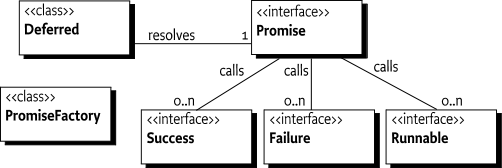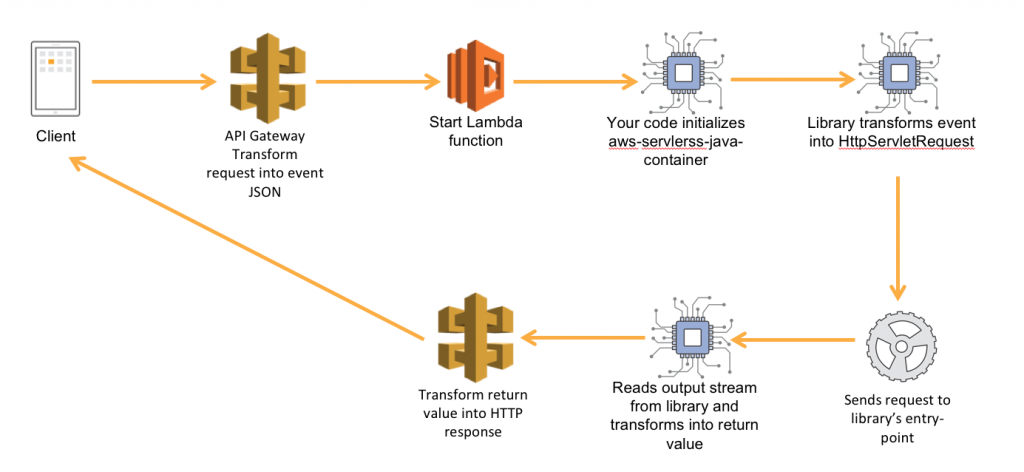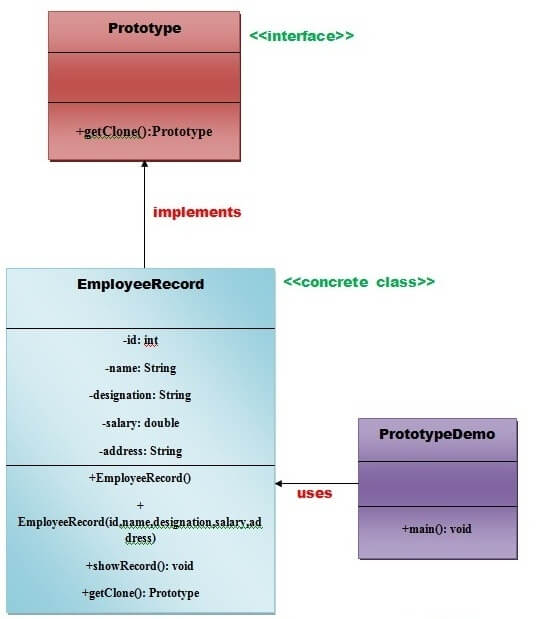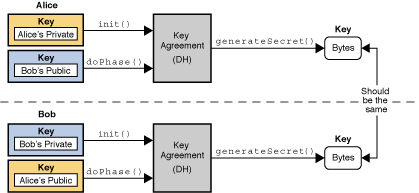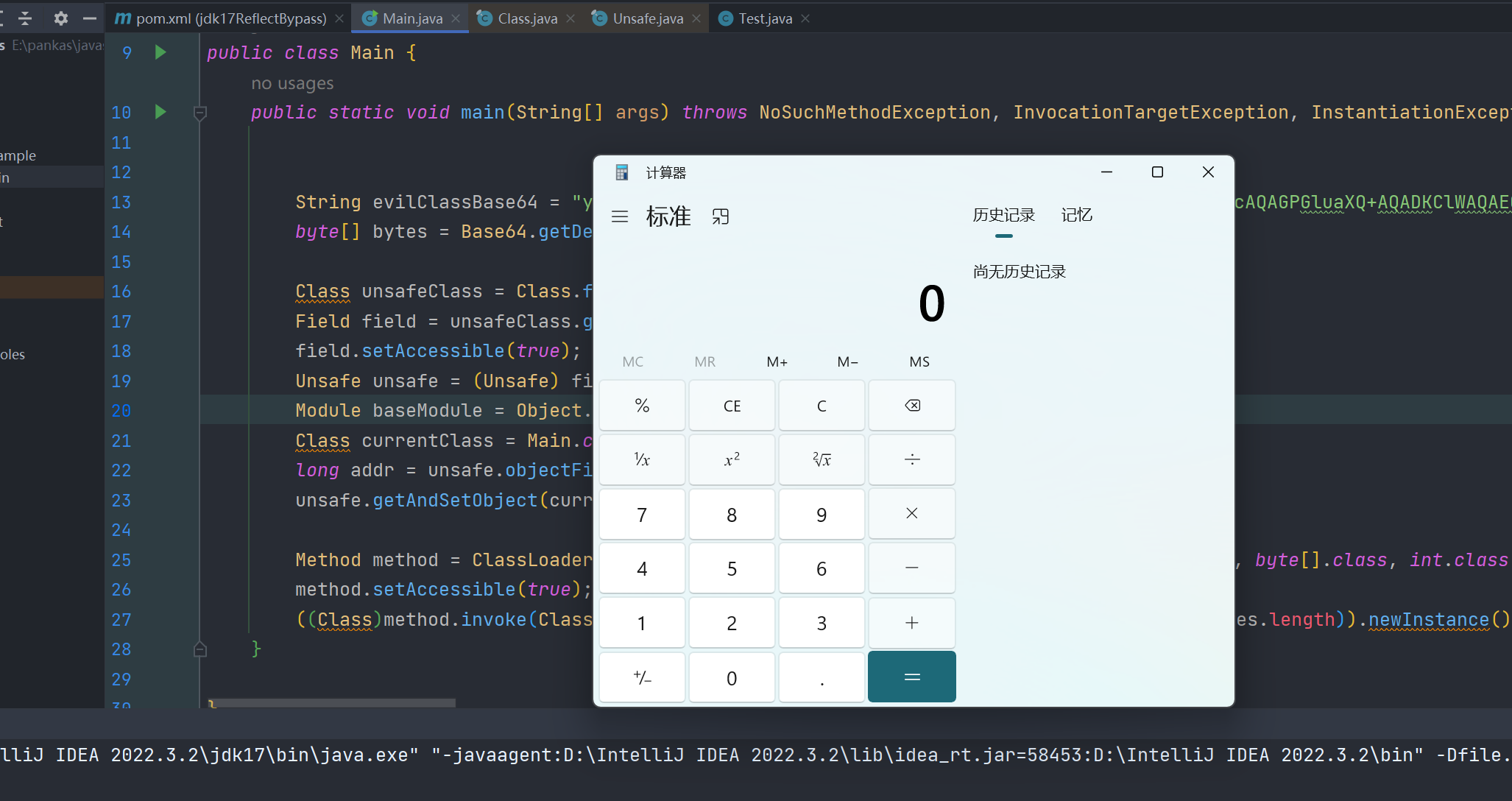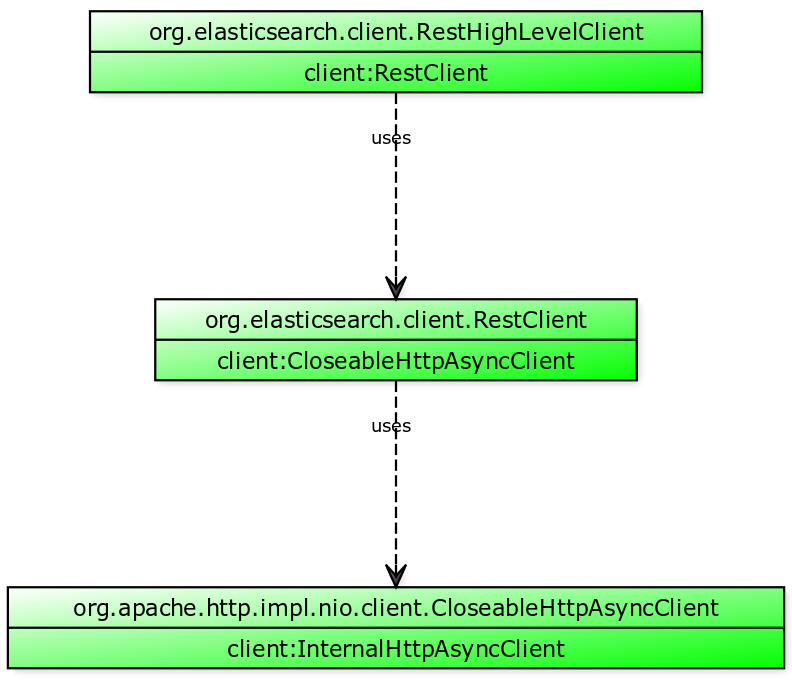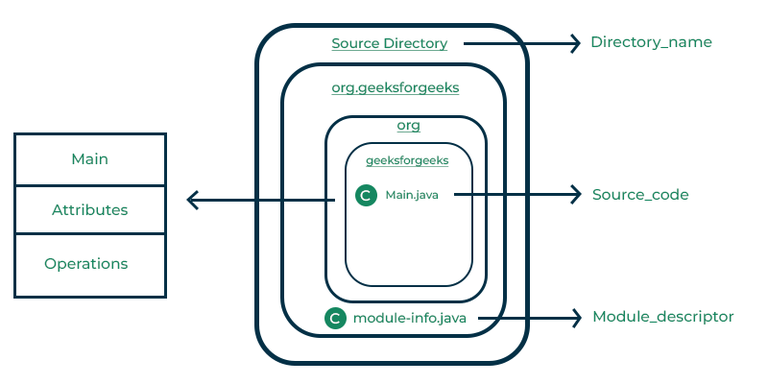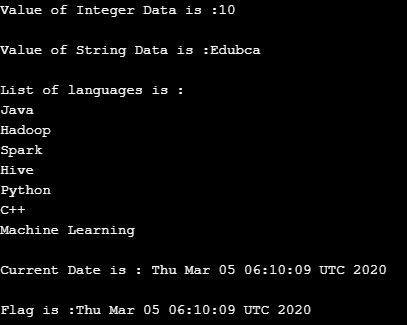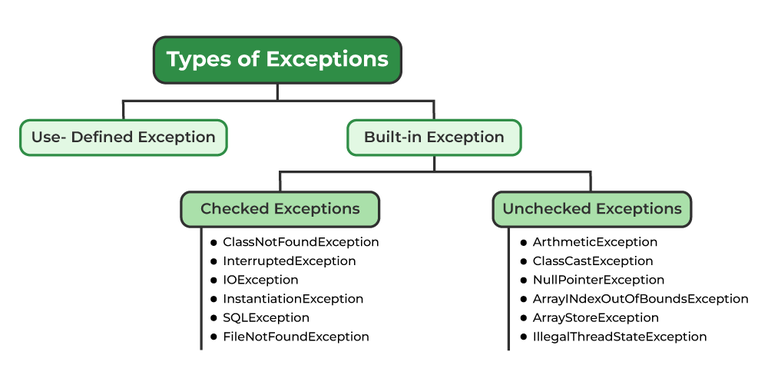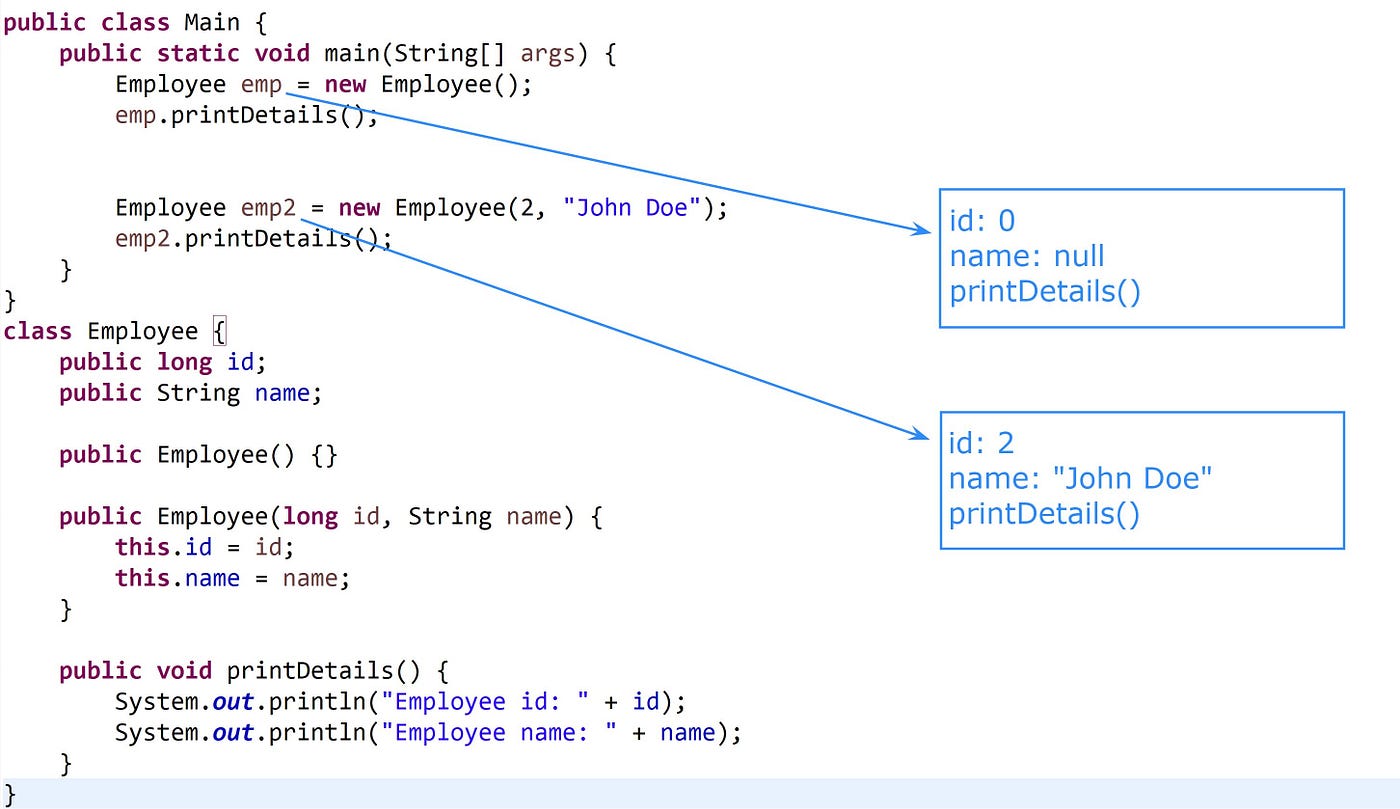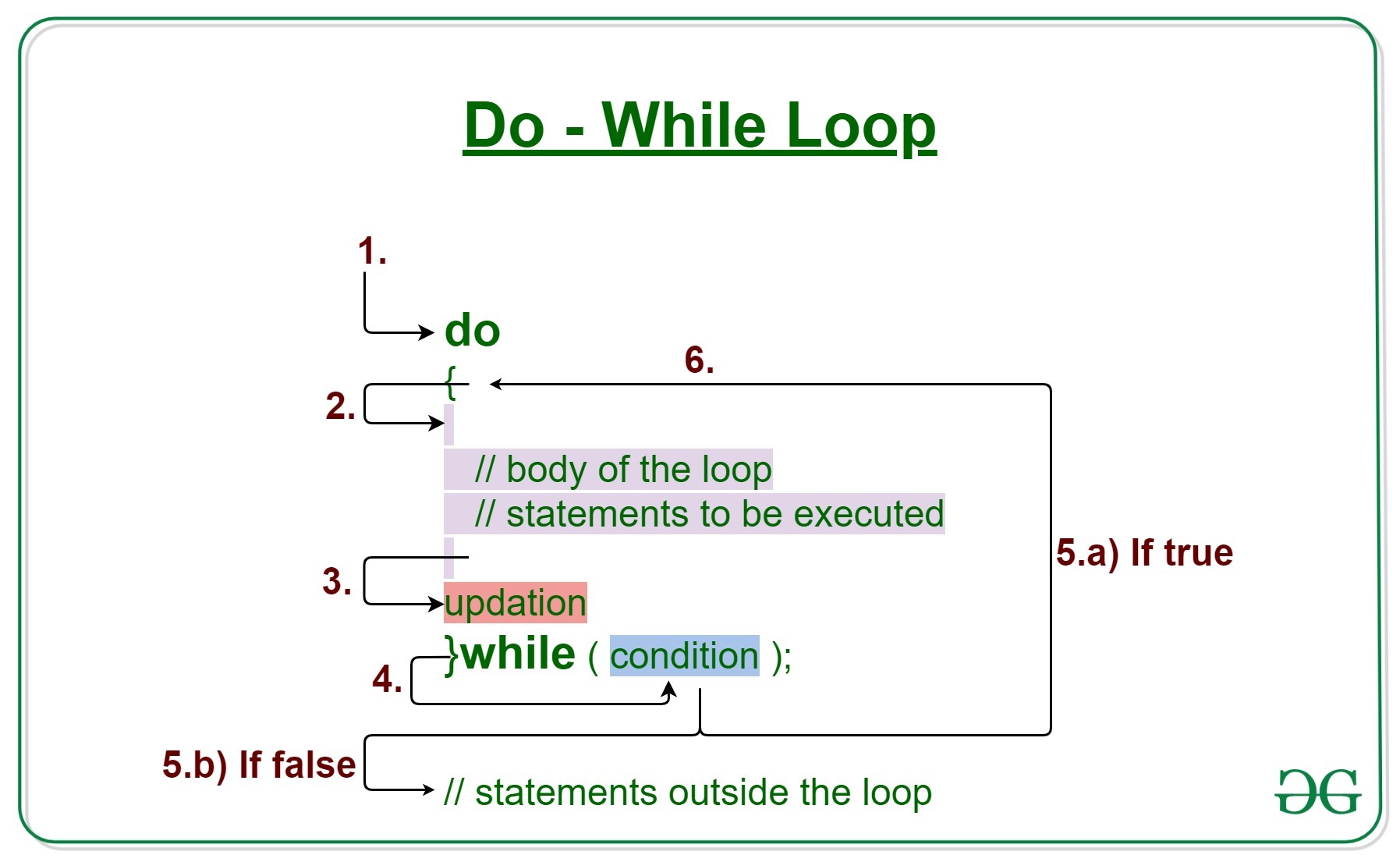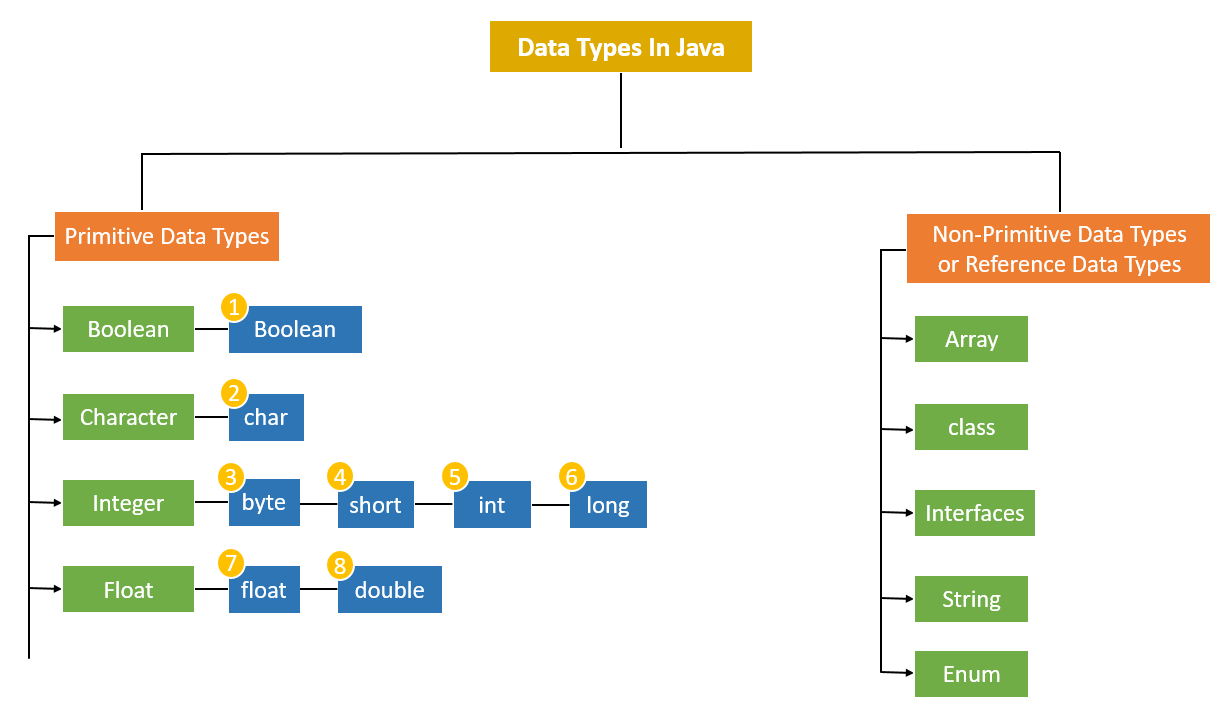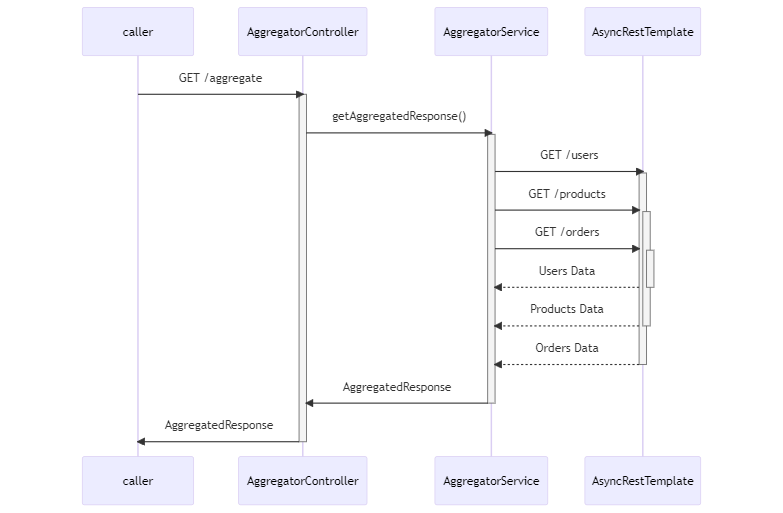How to make collection thread-safe in Java?
How to make collection thread-safe in Java?
Here's how you can make a collection thread-safe in Java.
When multiple threads access and manipulate shared data, it is essential to ensure that the access and modification of this data are synchronized. This is because concurrent access to shared data without proper synchronization can lead to inconsistencies, errors, or even crashes.
One way to achieve this thread-safety is by using synchronized keyword in Java, which ensures that only one thread can execute a particular block of code at any given time. This can be done with the help of collection classes like ArrayList and HashSet.
Let's take an example where we want to share an ArrayList among multiple threads:
public class ThreadSafeCollection {
private List list;
public ThreadSafeCollection() {
list = new ArrayList<>();
}
public synchronized void addElement(int element) {
list.add(element);
}
public synchronized List getElementList() {
return list;
}
}
In this example, the addElement and getElementList methods are declared as synchronized, which means that any thread calling these methods will be blocked until the current thread (i.e., the one holding the lock) has finished executing its method. This ensures that only one thread can execute these methods at a time.
Another way to achieve thread-safety is by using Java's concurrency utilities, such as ConcurrentHashMap. Here's an example:
public class ThreadSafeMap {
private ConcurrentHashMap<String, Integer> map;
public ThreadSafeMap() {
map = new ConcurrentHashMap<>();
}
public void putElement(String key, int value) {
map.put(key, value);
}
public int getElementValue(String key) {
return map.getOrDefault(key, 0);
}
}
In this example, the ConcurrentHashMap provides a thread-safe way to access and modify shared data. The putElement method puts an element into the map, while the getElementValue method gets the value for a given key.
When deciding which approach to use, consider the following factors:
Performance: Synchronized methods may have higher latency because they need to acquire and release locks. Concurrency utilities likeConcurrentHashMap are designed for high-throughput scenarios. Complexity: Synchronized code can be simpler but less efficient than concurrency utilities, which require a deeper understanding of Java's concurrency features.
In summary, making a collection thread-safe in Java involves ensuring that shared data is accessed and modified by multiple threads without introducing inconsistencies or errors. You can achieve this using Java's synchronized keyword for synchronized methods or concurrency utilities like ConcurrentHashMap.
Java ArrayList thread-safe

I'm happy to respond in English!
Java's ArrayList is a widely used collection class that provides dynamic array-like data structure. While it's not inherently thread-safe, you can make it thread-safe by using proper synchronization mechanisms or other techniques. Here are some ways to achieve thread-safety:
Synchronized Access: You can synchronize access to the ArrayList using Java's built-insynchronized keyword. This means that only one thread can access and modify the ArrayList at a time.
Example:
public class SafeArrayList {
private List list = new ArrayList<>();
public synchronized void add(String str) {
list.add(str);
}
public synchronized List getList() {
return list;
}
}
ReentrantLock class to achieve thread-safety. This allows multiple threads to access the ArrayList simultaneously, but ensures that only one thread can modify it at a time.
Example:
public class SafeArrayList {
private List list = new ArrayList<>();
private ReentrantLock lock = new ReentrantLock();
public void add(String str) {
lock.lock();
try {
list.add(str);
} finally {
lock.unlock();
}
}
public List getList() {
return list;
}
}
CopyOnWriteArrayList class, which is designed to be thread-safe. This class uses a copy-on-write strategy, where the underlying array is only copied when modifications are made.
Example:
public class SafeArrayList {
private CopyOnWriteArrayList list = new CopyOnWriteArrayList<>();
public void add(String str) {
list.add(str);
}
public List getList() {
return list;
}
}
Example:
public class SafeArrayList {
private ImmutableList list = ImmutableList.copyOf(Collections.emptyList());
public void add(String str) {
// Not possible with immutable lists!
}
public List getList() {
return list;
}
}
Remember that the choice of thread-safety mechanism depends on your specific requirements and use case. Always consider performance, concurrency level, and memory usage when selecting a strategy.
